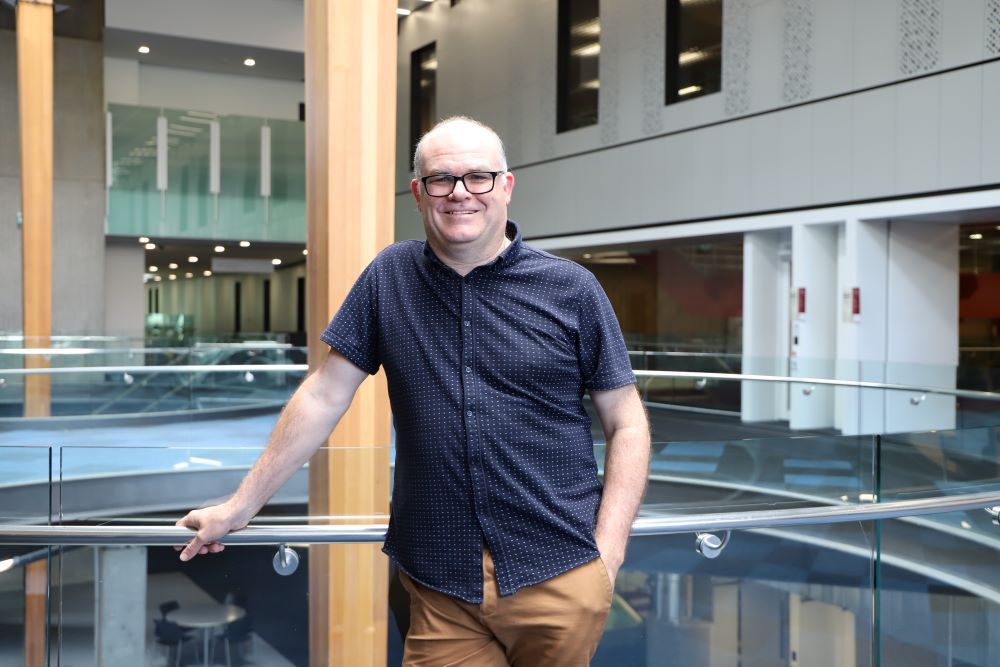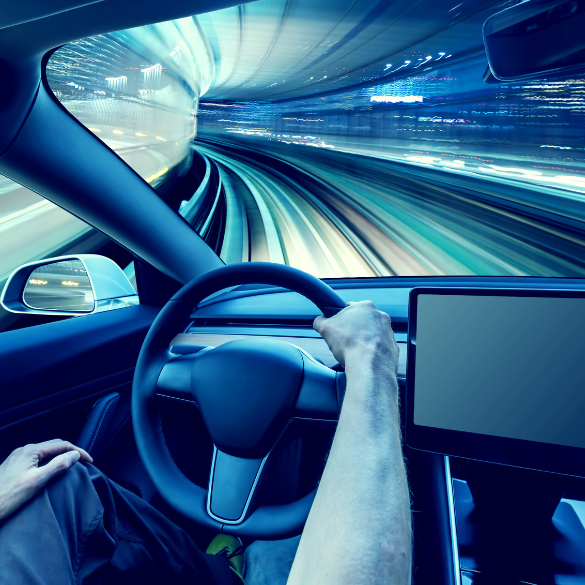In one sense, Doug Wilson’s story starts in New York in 1901. No, he wasn’t there. But in a photo he likes to refer to, taken of a major street there at the time, almost all the vehicles on the road are horse-drawn buggies. There’s one motor car. Ten years later, another photo of the same street shows the reverse – a lot of cars and one horse-drawn buggy.
That’s the kind of change the Waipapa Taumata Rau, University of Auckland senior lecturer wants to see now, on a similar timeframe.
In the 21st century, Wilson, a member of the Department of Civil and Environmental Engineering, wants people to move away from the internal combustion engine, not to it.

